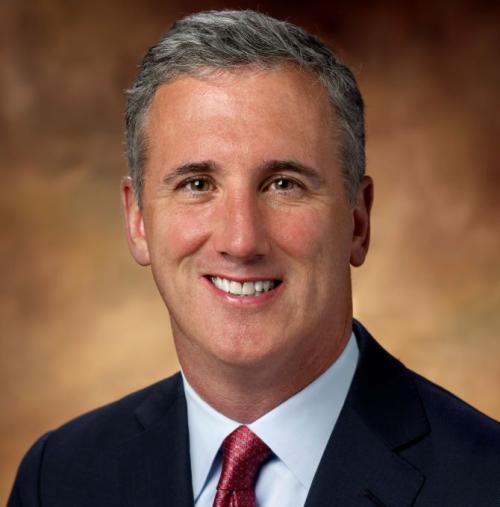A new report released by the council of institutional investors indicates that the pay practices at Wall Street’s six leading banks have only “worsened” after the rule changes regulating pay were put into effect.
The report attempts to link pay practices to risk taking and the eventual failures that resulted in the global financial crisis.
The survey that was complied by the Corporate Library, a research organization and commissioned by the Council of Institutional Investors asserts that despite some changes in certain elements of compensation in response to recent regulatory changes, many institutions are continuing to tie together a significant amount of senior employee compensation to short-term results.
Pay regulations in the American Recovery and Reinvestment Act of 2009 and other regulatory actions have been, according to the authors 'significant and, in the main, negative. While compensation levels fell overall, the declines were modest and the new rules resulted in a less performance-related compensation structure.'
'In the wake of the financial crisis, the structure of compensation on Wall Street has improved. Positive changes include: Substantially improved clawback provisions; longer deferral periods for pay, especially equity; an increase in equity as a proportion of compensation; and a rebalancing of the fixed pay/variable pay mix to mitigate risk taking. Despite these beneficial changes, none of the banks in the study has addressed adequately the importance of tying compensation to long-term value growth. Some banks have increased fixed pay excessively. And the effectiveness of the banks’ stronger clawback provisions has not been tested,' the report said.
‘Many banks have increased fixed pay substantially without any concomitant reduction in incentive pay,’ says Paul Hodgson, a senior research associate at the corporate-governance research firm. ‘Very few have tied any portion of pay to long-term performance.’
Say on pay is addressed briefly in the report. While the authors feel it is an important development, on its own say on pay does not mean a lot. A 'no' vote should be accompanied with a written explanation from the shareholder detailing the points of concern with the pay structure. This letter, it is suggested, should be sent to the compensation committee chair, the board chair and the corporate secretary. Such a letter will allow the company to better understand specific objections and boost dialogue between the parties.
‘It [say on pay] may also help shareowners of other major US banks better understand executive compensation at those institutions,’ says Amy Borrus, deputy director at the Council of Institutional Investors.
‘Lavish cash bonuses, high absolute levels of pay and excessive focus on short-term annual growth measures had damaging consequences for shareowners over the long-term,’ the report states.
However, Hodgson argues that, ‘even in the short term, without executives being forced to keep an eye on long-term growth, enormous amounts of money can be lost if disaster strikes with no warning.’
He concludes that stockholdings did not have the effect of deterring executives from taking a higher risk. ‘Many executives lost substantial amounts of money – up to half a billion in some cases – through their mismanagement of the firms.’
The financial firms included in the 'post-crisis' part of the study are Bank of America, Citigroup, Goldman Sachs, JP Morgan Chase, Morgan Stanley and Wells Fargo.








